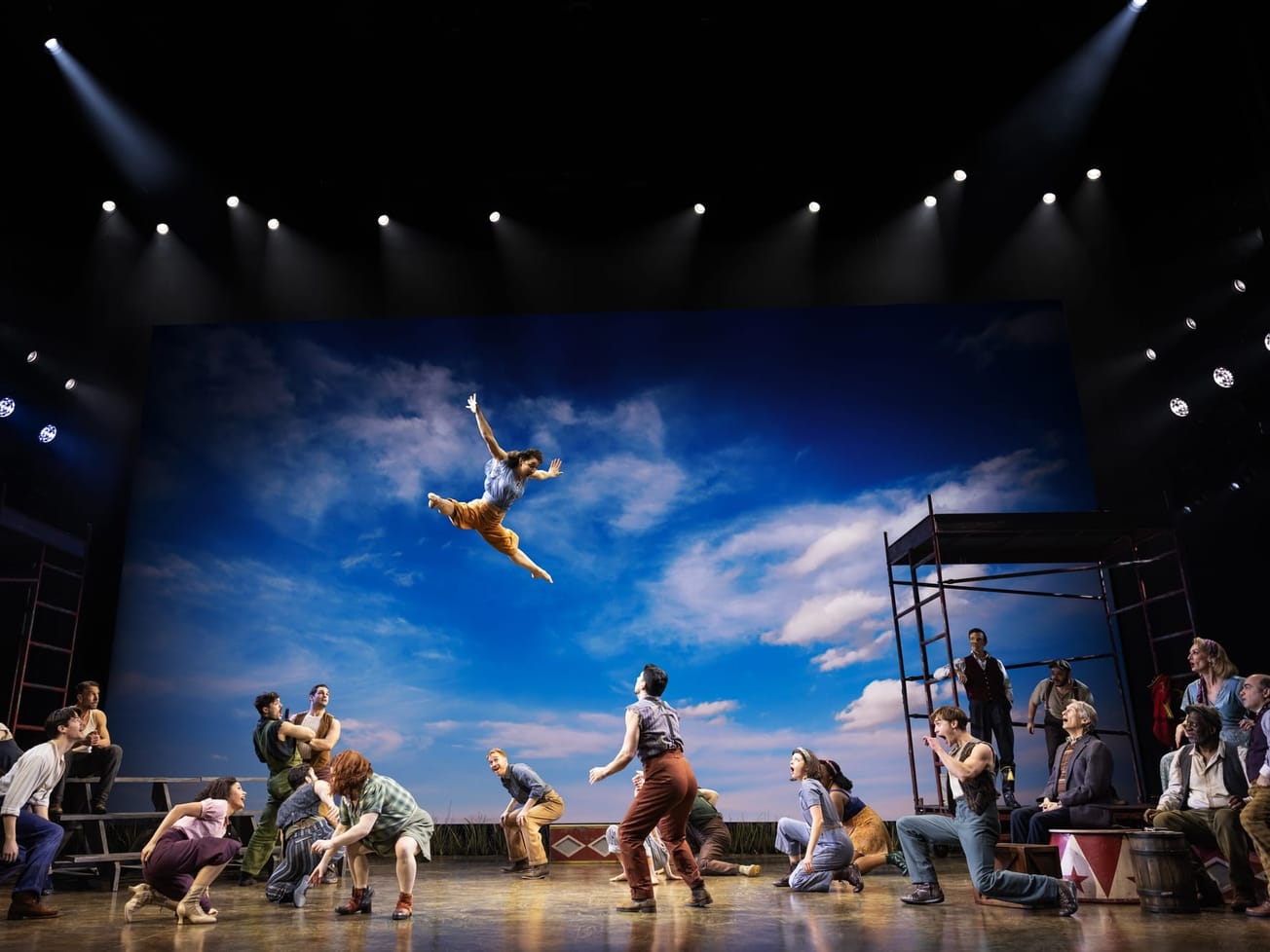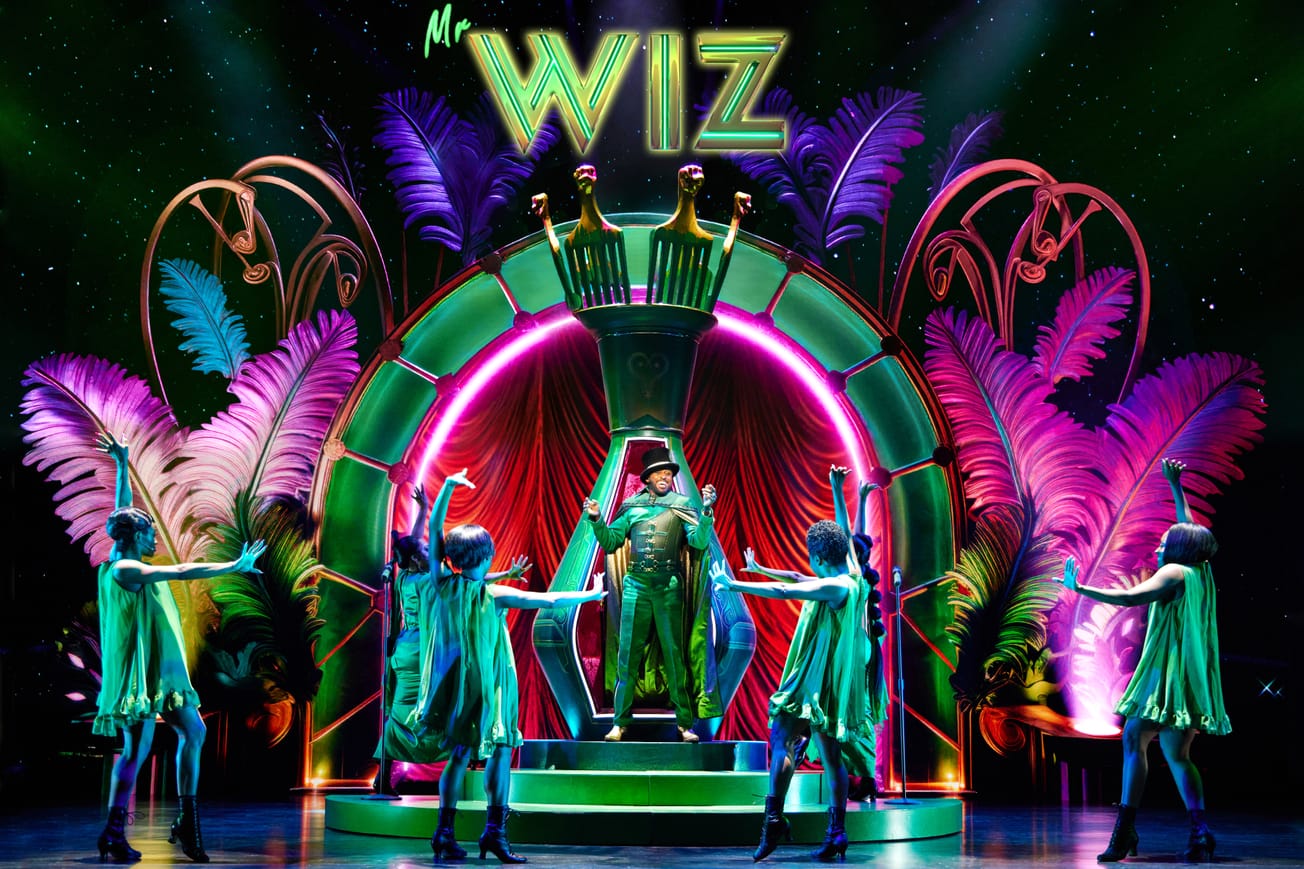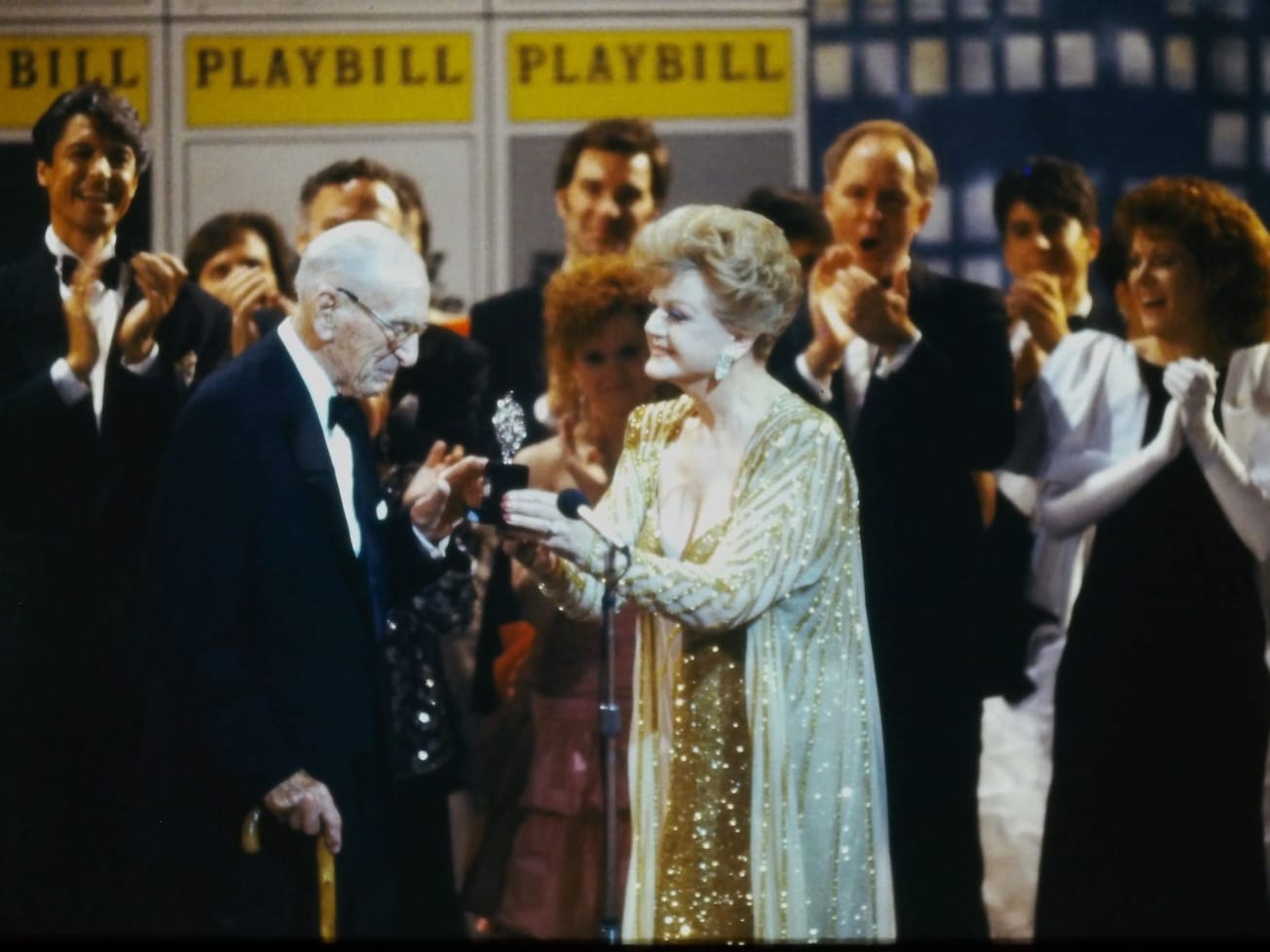Broadway productions are vying for a $3 million tax credit that the state hopes can jumpstart the industry.
The New York City Musical and Theatrical Tax Credit Program is intended to support commercial productions through the industry’s uncertain return and to encourage greater diversity backstage and in the audience. However, because the credit can only be monetized as part of a tax return, it may not help struggling productions when they need it most.
The tax credit program has a total allotment of $100 million to distribute to commercial productions in New York City. Since its launch in July 2021, Empire State Development, the state agency behind the program, has approved 20 productions.
The credit can be used to cover costs incurred in the 12 weeks before the first paid public performance. The up to $3 million in covered costs can include the design and construction of sets, all salaries and payroll items up to $200,000 a week, technical and crew production costs and up to 50% of advertising and marketing costs in New York.
Former Gov. Andrew Cuomo announced the tax credit program during this term and ushered in its launch by touting the program as a way to revive Broadway and therefore contribute to the local economy.
“Theatrical productions support thousands of jobs and showcase performances and artists that reflect our state’s great talent and diversity. With the state’s coronavirus restrictions lifted, these tax credits will help to restart this quintessentially New York industry more quickly,” Cuomo said in the July press release.
However, most productions cannot use the tax credit during the normal run of the show.
After filing a final application for the credit, which can happen either after the show’s closure or after hitting $3 million in qualified costs, the production receives a tax credit certificate. The certificate would be applied to the next tax return, meaning the benefit of the tax credit may not be seen for 18 months or more.
Moreover, for productions operating as limited liability companies — the traditional structure for most Broadway shows — the credit is directly passed on to investors, rather than the production itself. To realize the credit for the production entity, shows would need to restructure by hiring a corporation to incur and pay production expenses, said Robert Fried, a partner at accounting firm Withum, Smith and Brown.
Restructuring adds an extra cost to the process and may not be an option for limited liability companies that are trying to spend Shuttered Venue Operators Grants of up to $10 million before the Dec. 31 deadline.
All of this means that the promoted benefit of using the credit to restart Broadway feels somewhat muted.
“Ultimately, I think the tax credit is a benefit to the investors in one form or another,” Fried said.
The Empire State Theatre Production Tax Credit, which gives a 25% tax credit to shows that tech their Broadway tours in upstate New York, has faced a similar issue. Unlike other states, New York does not allow productions to sell tax credits and therefore realize the benefit earlier.
The New York City Musical and Theatrical Tax Credit Program program is scheduled to last two years. In the second year, the program has set a cap of $1.5 million in tax credits, unless city tourism has not yet fully returned. If it has not returned, productions can receive $3 million again.
After receiving the tax credit, productions that show revenues of more than twice their production costs will need to contribute up to 50% of the credit to the New York State Council for the Arts Cultural Program Fund.
The program has begun to gain momentum in other areas.
As part of the application process, productions must also put forth a diversity and job training plan, in which applicants hire and pay a salary to a fellow from an underrepresented community for at least a six-month period.
The Theatre Leadership Project and the Black Theatre Coalition, two groups which aim to diversify the producing, management and backstage talent pipeline, have been approved by the state to partner on these requirements. Therefore productions can work with one of the groups to find a fellow or, with state approval, instead make a $35,000 donation to one of the programs.
Productions must also distribute a specified number — equal to the capacity of the theater — of $20 and $40 tickets to low-income residents every six months of the production. The state has approved the Theatre Development Fund as a partner on this.
TDF recently began reaching out to its base of 56 organizations, which include community groups such as the Casita Maria Center for Arts and Education in the Bronx and Union Settlement in East Harlem, to offer tickets. TDF has since seen 926 members from these organizations sign up for the program and sold 350 tickets.
While TDF sees the audience development component of the program as a longer term goal, executive director Victoria Bailey said she’s pleased with its early progress.
“I was surprised at the number of people who signed up as quickly as they did, and they’re turning around and buying tickets, so I’m encouraged,” Bailey said.






















































